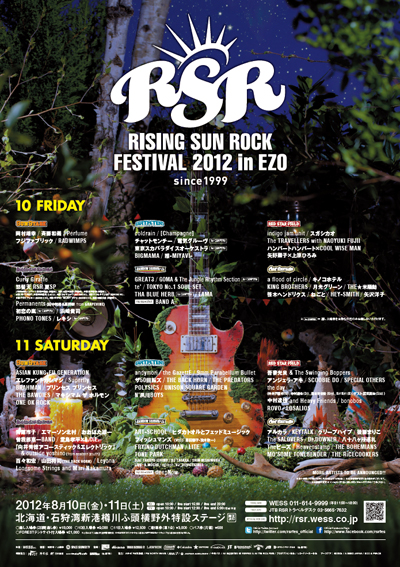
It was a design choice that acknowledges the living arrangements of the Utaru, whose decision to build cramped settlements on top of old satellite dishes resulted in them becoming incredibly comfortable with one another. The Utaru tribe, meanwhile, wiil sit closely to each other when in conversation and in general have clear and obvious disregard for the notion of personal space. An example of one of those interactions is how sub-faction of NPCs in the Tenakth tribe will draw their knife from a different place, subtly emphasising their status as warriors. "If you can't get an idea about who these people are by walking around and observing them, I don't think we'd have done a good job," explains Sogn. The team wanted to avoid leaning on "information booth" NPCs to dump exposition on players, and hoped that by ensuring each of Forbidden West's tribes interacted with the world and other NPCs in visibly unique ways, it would hint at rich histories and cultures. In order to realize that "living world" the second time around, Sogn's team created tribe-specific animations and resisted the urge to use them everywhere. "If you can't get an idea about who these people are by walking around and observing them, I don't think we'd have done a good job." Those overlapping, generic animations ultimately turned the NPCs (and by extension, the world around them, in Zero Dawn into "set dressing," and the team was keen to remedy that when it began working on Forbidden West. They felt like people placed into an environment," added Sogn, noting how separate tribes lacked signature tasks and, despite wearing different clothes, would move and interact with the world in exactly the same way.

"The settlement NPCs in didn't feel like they belonged there. He accepted that while the world and those inhabiting it looked vibrant, it ultimately didn't feel vibrant.įor instance, Sogn pointed to a sawmill in the first title as a prime example of that specific failure, noting how players could stumble across a contraption that looked both functional and fascinating–an object that evidently served a clear purpose–but also one that didn't have "a single NPC paying attention to it." Sogn kicked off the talk with a tongue-in-cheek admission: the living world in Horizon Zero Dawn was a "failure." Although Sogn was perhaps being slightly hyper-critical of the first entry in the Horizon series, he explained the title ultimately fell short when it came to world-building because it relied too heavily on NPC behaviours and interactions that existed in isolation. How, though, can developers take practical steps to deliver on that heady promise? Speaking at GDC 2023, Guerrilla Games lead living world designer, Espen Sogn, suggested the key lies in creating visible texture by layering in small details that cause far-reaching narrative ripples and hint at deeper meaning.


 0 kommentar(er)
0 kommentar(er)
